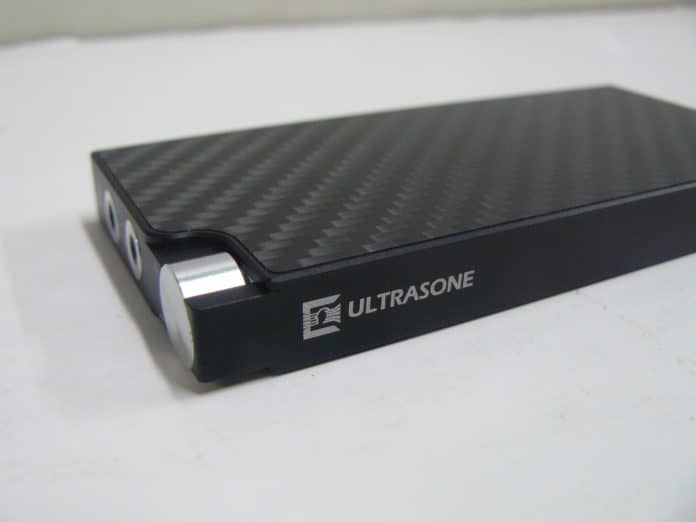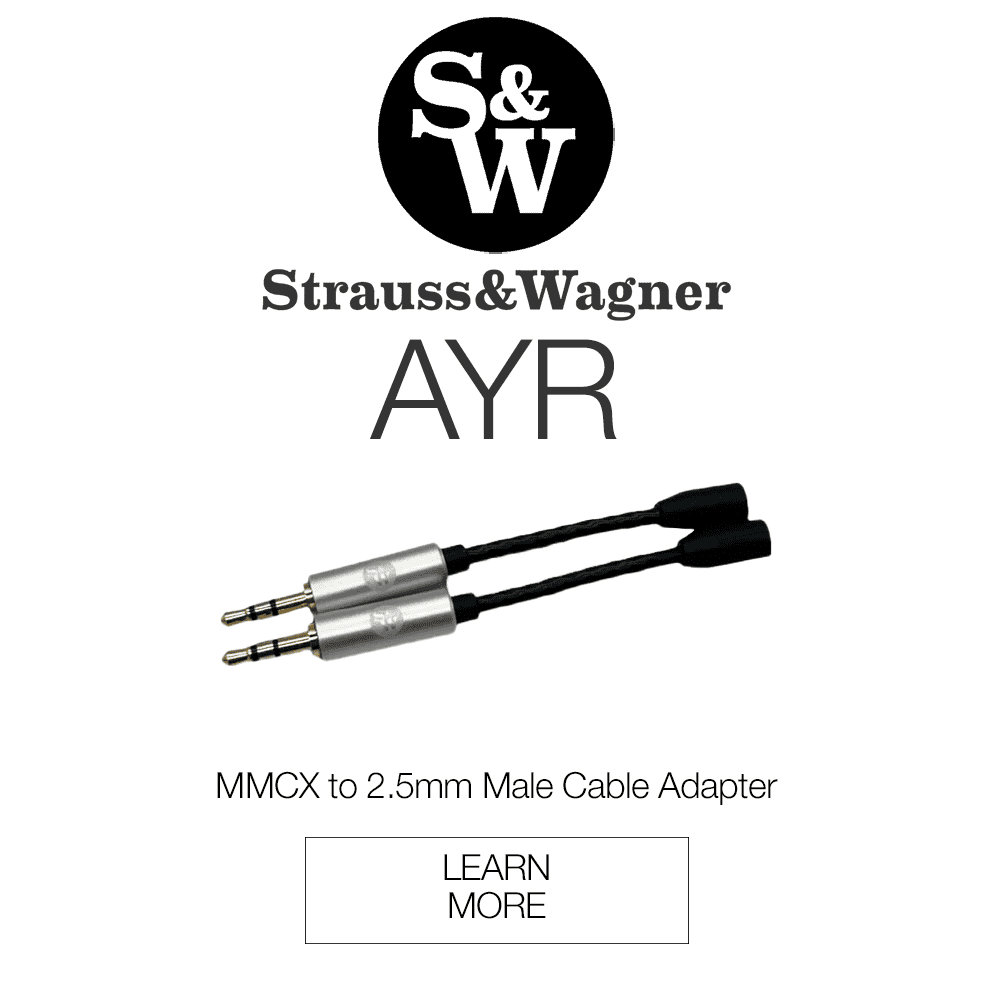There’s always this stigma that it’s nearly impossible to listen to high-fidelity audio straight from your smartphone. You could have a nice pair of IEMs or wireless headphones. However, some may say you’re still not getting the whole picture, and particular phone manufacturers are making it harder and harder to make simple things like headphone jacks available. There have always been alternatives, portable DACs, amplifiers, etc. However, they still portray the notion of a niche product only really meant for the nerdiest audio geeks. Who wants to carry around a bulky looking amp anyway, you’re just a casual listener who’s just looking for sufficient bass response, or you’re just listening to podcasts/audiobooks. What the Ultrasone Panther wants to do is not only make high-fidelity audio more accessible, but essential, and popularize listening to a quality sound definition from anywhere. Can Ultrasone, a brand that has delivered some of the most elegant headphone models around, declare a quality headphone DAC? Let’s take a look.
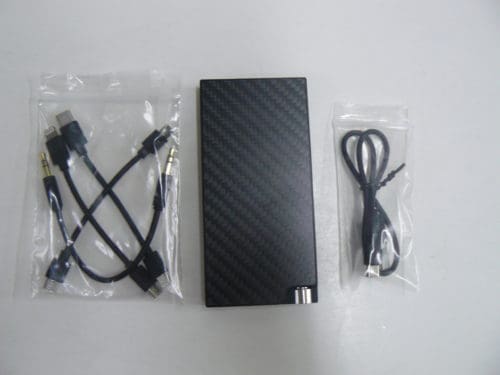
What You Get
The Panther comes in a small box with a few essential items. You’ll see the amp itself, which has a compact first impression. What I want to touch on are all the different cables and connectors this amp DAC includes. Probably the most familiar piece you’ll see is a short 3.5mm line-in auxiliary connector cable, and Ultrasone was kind enough to include lightning to micro-USB adapter for iPhone users. Other contents include a micro-USB charging connector and USB-A to USB-C.
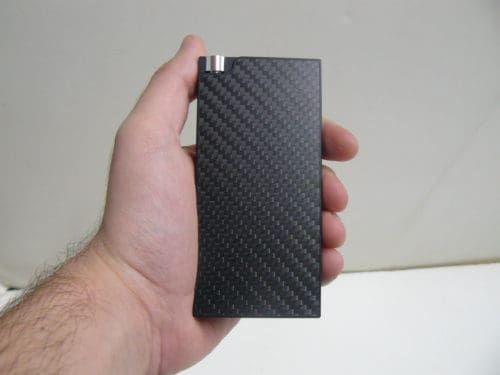
Look and Feel
My first impression of the Panther was how condensed it looked. Its overall size is probably smaller than your current smartphone device. The presentation is top-notch for a headphone amp, which usually consists of more ridged designs. Fiio and Chord also make some smaller units but are somewhat oblong. The Panther is the most modern portable headphone amp I’ve seen yet. It has this sleek black, rectangular design with a small volume dial with inlays that keeps the amp sitting facedown without wobble as you adjust the volume seamlessly. It’s also perfectly lightweight and rests well in your palm.
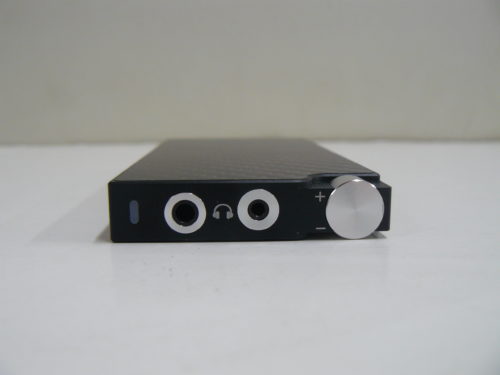
Design and Functionality
Ultrasone has gone with a minimalistic approach with output connections as well. The Panter won’t hit you over the head with an assemblage of different buttons and ports. On the front face of the Panther, you have your volume dial, as mentioned earlier, as well as one 3.5mm unbalanced headphone port and 2.5mm unbalanced. On the rear plate, you’ll find your OTG USB port for laptop connection(115dB), 3.5mm line-in input(101dB), gain switch that gives you a 6dB boost, and USB charging port. I will note that I found it odd the OTG port also doesn’t just charge the amp, but having a separate battery is helpful for longer total battery life. While were on small nit-picks, I would have liked for the click in volume dial to also work as a playback button, but unfortunately, the Panther doesn’t have that option. However, what clicking the dial does do is switch between PCM(Indicated by a green LED light), and DSD(blue light).
Battery
Ultrasone’s 3000mAh battery will give the Panther an overall 15 hours of playback time using USB OTG, and 20 hours using the line-in connection. Charge time is no more than 3-4 hours.

Output
This amp comes chock full of prep and drive. The Panther will give you 350mW at 32 Ohms(PO), and 950mW at 32 Ohms(BAL). The DAC itself has a sample rate of 32kHz-384kHz, giving the Panther ample amount of frequency definition at 32 bits. Its total impedance lies between 16 and 300 Ohms. I had no issues powering any of my devices, any pair of headphones or IEMs become sufficiently, and with fresh clarity.
Soundstage
The meat and potatoes of the Panther. How well does this DAC replicate sound data? The Panther aims to create a sound field with precision accuracy for a portable device, and that’s what they do to an impressive degree. Spatial imaging gets smooth representation through high definition dynamic range response, without any hiss or other unwanted, artificial noise. Transitional amplitudes softly rise in gain without any harshness. It makes classical tracks or film scores appear with exceptional clarity, and each frequency range gets its spotlight in the right places. Separation is also intact, as the Panther provides enough space between elements to breathe truly.
Low End
Bass response remarkably satisfying, as sub-bass frequencies get an acceptable amount of extra boost, giving some low end focused headphones a more refined sense of depth and clarity.
Mids
Mid-range sound elements extend quite a bit to include a grander sense of width, and cleanliness. I felt that unique artifacts like the plucking of strings became a little more apparent, and specific vocal ranges just had a fresh coat of paint over them. The Panther likes to add a bit more coloration here, which I appreciated. It made instruments like pianos have a greater resonance that echoed through some of the high mids as well.
Highs
I didn’t find much more extension here in the highs than there is in the mids, even the lows have a tiny bit more. However, there is some additional sparkle to certain elements. It lacks a boost like the other bands but makes up for it with a smooth timbre. Female vocals have a crisp elegance that takes advantage of sibilances that gives the sound a glistening tonality.
Summary
I enjoyed using this amp quite a bit, and I think it makes a solid statement on whether or not DACs are necessary for casual listening spaces. Here’s Ultrasone giving you a high-resolution amplifier for $549.99, and designing it with such a modern appeal, making it a perfect companion piece to your laptop or smart device.
Pros and Cons
Pros: Portability, design, sonic representation
Cons: Limited interface controls
Available from Audio 46
MAJORHIFI may get a commission from retail offers.
Compare the ranking of various headphones, earbuds and in-ear monitors using our tools.
Discuss this, and much more, over on our forum.
---MAJORHIFI may receive commissions from retail offers.


